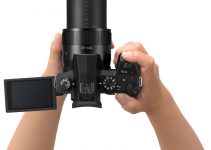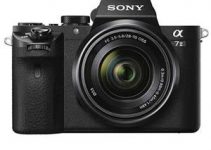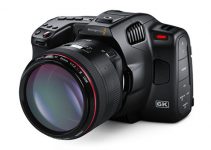Samsung has created a 200MP smartphone sensor with what the company calls the world’s smallest pixels. At 0.56μm, each pixel on the 1/1.4 inch optical format that exposes the Isocell HP3 image sensor is 12% smaller than the previous roughly 180x smaller than the width of a human hair, providing an image sensor that is 20% smaller than the current state of the art.
The ISOCELL HP3 was designed using advanced technologies. With innovations like the industry’s smallest 0.56㎛-sized pixels, HDR images with 14-bit RAW output, and Tetra²pixel, the ISOCELL HP3 completely transforms smartphone photography.
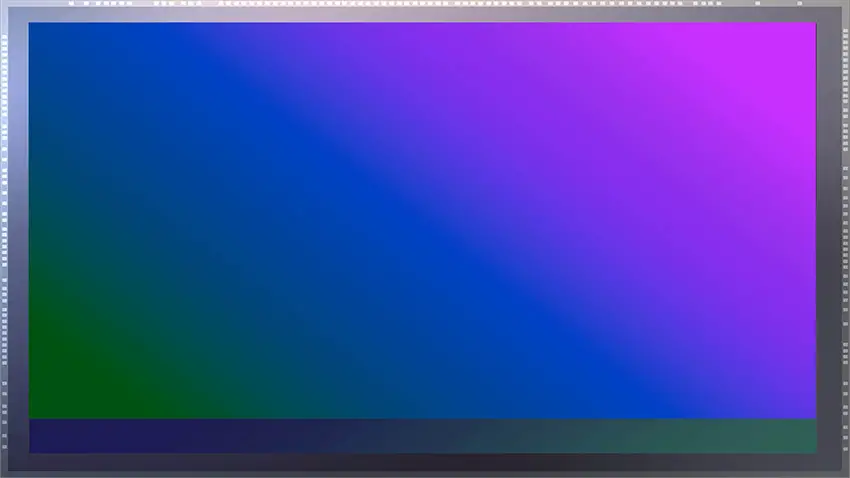
Image Credit – Samsung
But most important is the 200MP capability. It means the ISOCELL HP3 goes beyond what people now think of as ‘Pro’ sensors. – Samsung Blog
The HP3 sensor also uses a low-light pixel technology called Tetra2, which Samsung says provides the “ultimate” low-light experience.
Tetra2 mimics the behavior of the human eye by combining up to 16 surrounding Pixels to make a superpixel that can absorb more light.
The technology can combine four pixels into one for size of 1.12μm 50 megapixel sensor, or 16 pixels can combine to create a virtual size of 2.24μm for a 12.4 MP image sensor.
The technology will enable 14-bit 8K video at 30 fps or 4K videos at up to 120 fps with very little loss of image quality.
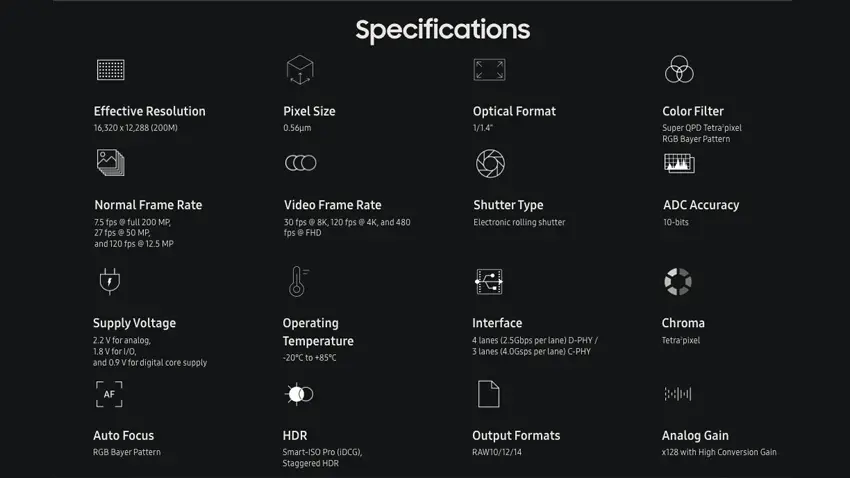
Image Credit – Samsung
The sensor then combines with another Samsung feature called Smart-ISO Pro, which combines low, medium, and high ISO settings for high dynamic range (HDR) images. Together, the two technologies will create superior images in low light.
The Smart-ISO Pro technology also creates over four trillion colors, and the ISO HP3 can switch between to two technologies to craft the ideal image.
Samsung is also incorporating Super QPD autofocusing which reduces focus to the pixel level. Super QPD focuses a single lens onto four surrounding pixels, while the sensor measures phase differences in both horizontal and vertical directions.
The result is a faster, more accurate focus through the smartphone’s camera.

Image Credit – Samsung
So through Tetra2, Smart-ISO Pro, and Super QPD, the new HP3 image sensor will be able to ensure better image quality on a fingernail-sized image sensor, which is stuffed with over 200 million pixels. Traditionally, the more pixels you cram onto an image sensor, the more noise gets invited to the image.
But with this trifecta of new technologies, the image sensor has the flexibility to combine pixels to take in more light, improve focus, and expand dynamic range. The result will likely be smaller sensors, better quality images, and thinner or even smaller smartphones.
No word on when we’ll see HP3 hit the market in new Samsung phones, but with the technology over the horizon, it’s bound to be soon, and with 8K video leading the charge.
[source: Samsung]
Disclaimer: As an Amazon Associate partner and participant in B&H and Adorama Affiliate programmes, we earn a small comission from each purchase made through the affiliate links listed above at no additional cost to you.
Claim your copy of DAVINCI RESOLVE - SIMPLIFIED COURSE with 50% off! Get Instant Access!



